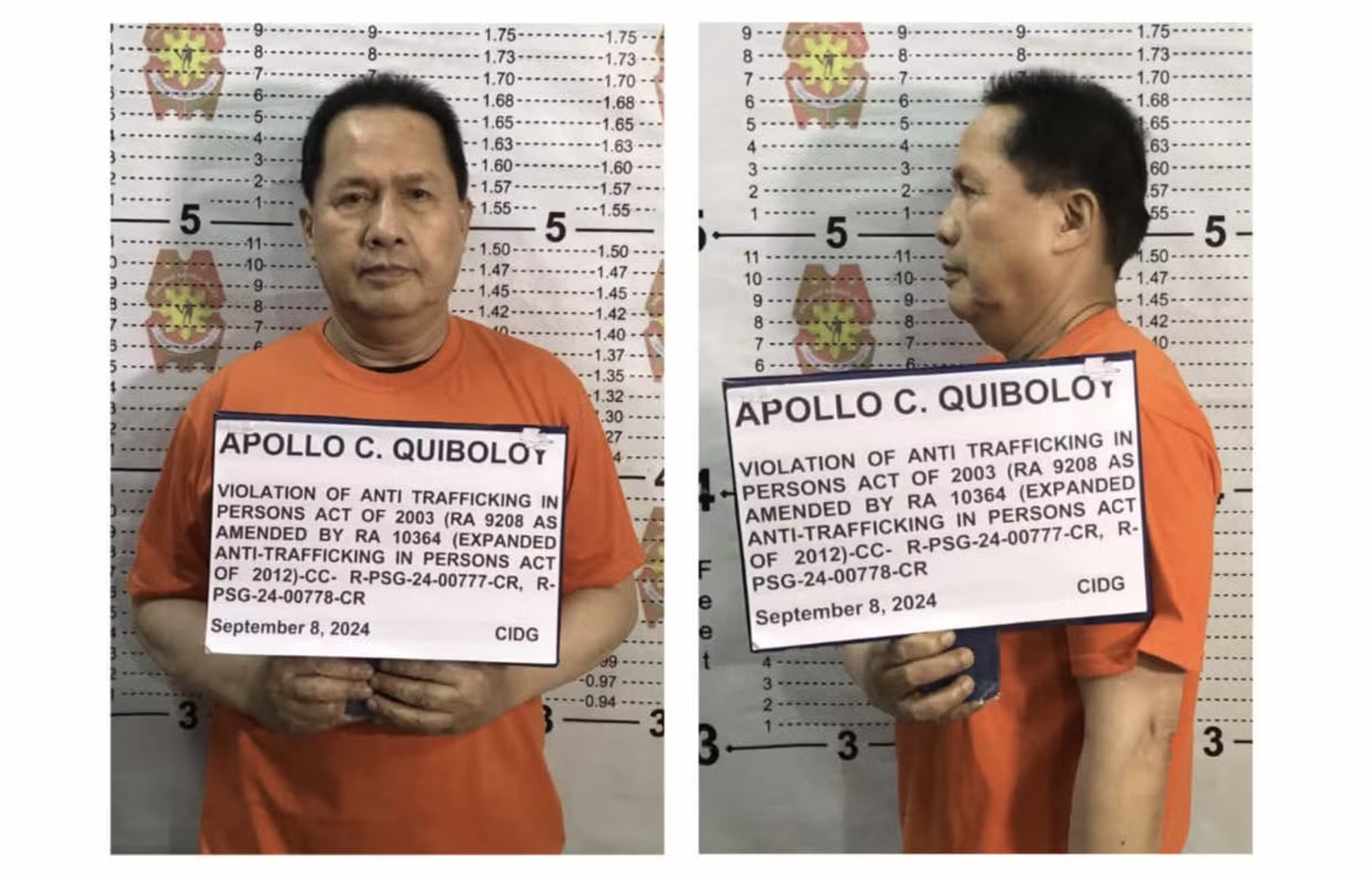In 2012, the Philippines registered improvements in local peace and order vis-à-vis 2011. The Philippine National Police (PNP) said in a statement that the country’s Total Crime Volume from January to March 2012 was 16.77 percent lower than in the first quarter of 2011. Further, PNP Spokesperson, Chief Superintendent Agrimero Cruz Jr., said that 34,043 index crime incidents took place in the first quarter of 2012, 19.86 percent lower than in the first quarter of 2011.
Even by international standards, the country stood out. As reported by Interaksyon.com, the Institute of Economics and Peace, a global nonprofit research organization, cited the Philippines as one of the five countries whose peace and order situations had improved the most in 2012, saying that the country had shown “a robust rise across a number of indicators”. The gains, said the report, stemmed from improvements in the local homicide rate, the likelihood of violent demonstrations, the number of deaths from internal conflict, and the incidence of terrorist acts.
However, despite these improvements, the persistence of criminal activity proves that much work still needs to be done.
Security guards in local shopping malls and other public places still conduct bag and car searches and frisk those who enter (however haphazardly or cursorily). Despite these and other security precautions, incidents still take place even within such supposedly secure areas themselves, such as the attempted robbery of a bank at the Alabang Town Center – a stone’s throw away from the Ayala Alabang Village, one of the most rigidly patrolled subdivisions in the country – that took place just last September.
Additionally, the deplorable incidents that took place some days ago, namely the death of an innocent little girl over the holiday season, the unfortunate victim of an indiscriminate shooter whose identity has yet to be determined, as well as the drug-fueled rampage in Cavite on January 4 that claimed the lives of eight, have brought the issue of gun ownership and usage into stark focus and have sparked an ongoing discussion of a potential total ban on private gun ownership and stricter controls on gun usage.
These issues that have carried over from the previous year must be viewed against the backdrop of what will take place this year.
This 2013, midterm elections are to be held, and the Department of Interior and Local Government (DILG) and the police will have their hands full attempting to moderate or prevent electoral violence, keep the peace and curb criminality, not only in such identified hotspots such as Abra, Batangas, and Maguindanao but also in Manila.
These and other seemingly insurmountable challenges can make 2013 seem like an annus horriblis, an awful year. I would argue, however, that the numbers do show that the government is having some success chipping away at the problems that beset our country and society – but they will not be solved overnight, or even in a year’s time. Improvements will take some time, most especially given that many of these incidents are only symptoms of underlying problems – corruption, poverty, and so on – that have been festering for many years and which themselves necessitate other solutions.
This is why in 2013 I would expect that the DILG, the PNP, and other government officials continue their vigilance. But they must ensure that they operate in accordance with the highest possible standards. They also need to continue to build their own competence and experience – as well as weed out and sanction those in their ranks who fail to comply with these stringent standards.
Officials should also continue to work hand in hand with other government agencies, civil society, and the public at large to solve crimes where they occur. Part and parcel of such close cooperation, I feel, would be to further beef up the flow of information – to make it even easier for people to keep abreast of peace and security concerns, as well as to report crimes and seek justice – perhaps also by harnessing the power of social media.
Doing so would reap other dividends by further helping build the public’s trust in the police, which has not always been very strong in the past and which may remain precarious at present. Keeping the public duly informed could also contribute to tempering any impatience regarding any further slow state of improvement in 2013.
Lastly, now that the Philippines has managed to return to the good graces of foreign investors and pique their interest, as well as those of foreign tourists, I would exhort these government officials to work overtime to help maintain the country’s newly restored – and thus initially quite fragile – good (or at least interesting) reputation.





